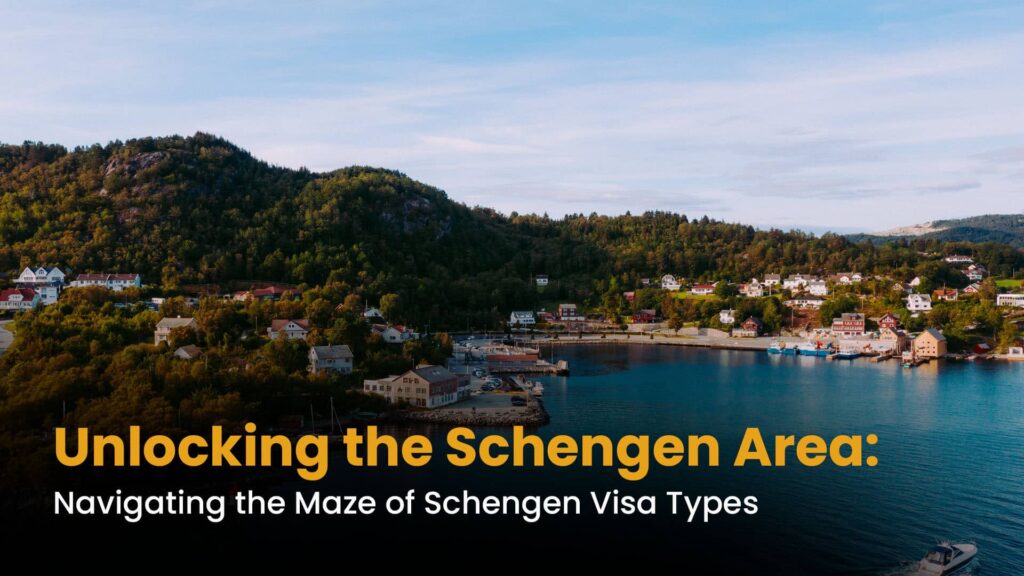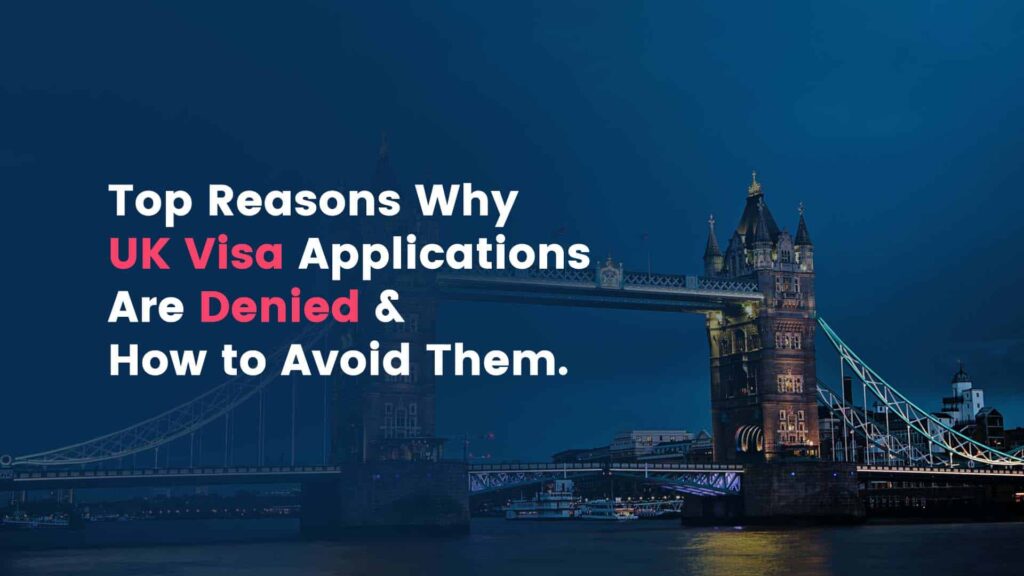When planning a trip to the Schengen Area, the first and foremost thing to consider is obtaining the right visa. The Schengen Visa is your gateway to exploring the 26 European countries that form the Schengen Zone. However, with various types of Schengen Visas available, selecting the one that suits your travel purpose can be a bit overwhelming. In this blog, we will walk you through the different types of Schengen Visas and help you make an informed decision.
Types of Schengen Visas
1 . Uniform Schengen Visas (USV)
The Uniform Schengen Visa (USV) is a standard visa type that allows you to travel within the entire Schengen Area. It is further categorized into four subtypes, depending on your intended stay and the number of entries:
Types of Uniform Schengen Visas (USV):
- Uniform Schengen Visas (USV) – Category A: Airport Transit Visa (ATV)
- Uniform Schengen Visas (USV) – Category B: Transit Visa (TV)
- Uniform Schengen Visas (USV) – Category C: Short-Stay Visa (Type C)
- Uniform Schengen Visas (USV) – Category D: Long-Stay Visa (Type D)
Uniform Schengen Visas (USV) – Category A: Airport Transit Visa (ATV)
The Airport Transit Visa (ATV) is for travelers who are passing through an airport in a Schengen country without entering the Schengen Area itself. It’s typically for those who have a connecting flight in a Schengen country.
Uniform Schengen Visas (USV) – Category B: Transit Visa (TV)
The Transit Visa (TV) is for travelers who need to pass through multiple Schengen countries during their journey, such as when transiting a Schengen country to any other country, this is mostly while transiting through flights.
Uniform Schengen Visas (USV) – Category C: Short-Stay Visa (Type C)
The Short-Stay Visa (Type C) is the most common type of Schengen Visa. It allows you to stay in the Schengen Area for up to 90 days within a 180-day period. This is suitable for tourists, business travelers, and those attending short-term courses or events.However the exact duration is totally at the discretion of the embassy.
Uniform Schengen Visas (USV) – Category D: Long-Stay Visa (Type D)
The Long-Stay Visa (Type D) is for those planning to stay in a Schengen country for more than 90 days, such as for work, study, or family reunification.
2. Limited Territorial Validity Visa (LTV)
The Limited Territorial Validity Visa (LTV) is a special type of Schengen Visa that only allows you to travel to specific Schengen countries. It’s issued in cases where your entry is restricted to particular regions or countries within the Schengen Area.
When is an LTV Appropriate?
Specific Destination: If your travel plans involve visiting only a particular Schengen country or a select few, the LTV might be your best option. It’s ideal when you have no intention of traveling to other Schengen nations.
Asylum Seekers: LTVs can also be granted to individuals seeking asylum within a Schengen country. In this case, the visa allows them to stay within the borders of that country while their asylum application is processed.
Emergency Situations: Sometimes, LTVs are issued due to unforeseen events or humanitarian emergencies. This allows travelers to remain in a particular Schengen country temporarily.
Specific Regions: In some cases, you may have a legitimate reason to visit only a specific region or territory within a Schengen country. The LTV can accommodate such unique travel plans.
It’s important to note that the Limited Territorial Validity Visa is not intended for typical tourism, business, or general short-term travel purposes. If your plans involve visiting multiple Schengen countries, it’s best to apply for a Uniform Schengen Visa (USV) suitable for your travel intentions.
How to Apply for an LTV:
The application process for an LTV is similar to other Schengen Visas but with specific documentation requirements to support your restricted travel plans. The first step is to contact the consulate or embassy of the Schengen country where you plan to spend the majority of your time or where your primary destination is located. They will guide you through the application process, which may include providing detailed information about your specific travel plans and the reasons for your limited territorial validity request.
3. National Visas
National Visas are granted by a specific Schengen country, and they allow you to stay in that country for an extended period. These visas are suitable for purposes like family reunification, study, or employment.
How to Choose the Right Schengen Visa Type
Selecting the right Schengen Visa type is crucial to ensure a hassle-free journey. Here are some factors to consider when making your decision:
- Travel Purpose: Determine the primary reason for your visit. Is it for tourism, business, study, family reunion, or work? Each purpose may require a different type of Schengen Visa.
- Duration of Stay: Depending on how long you plan to stay in the Schengen Area, you’ll need to choose between a short-stay (Type C) or long-stay (Type D) visa.
- Itinerary: If your travel plans involve multiple stops or transits, ensure that your visa type covers all the countries you intend to visit.
- Entry Requirements: Some Schengen countries may have specific entry requirements or restrictions, so be aware of these before applying.
- Supporting Documents: Prepare all necessary documents to support your visa application, such as travel itineraries, accommodation bookings, and proof of financial means.
- Embassy/Consulate Selection: Apply for your Schengen Visa at the embassy or consulate of the country where you will spend the most time or your primary destination.
Also Read: Schengen visa requirements for UAE residents
Choosing the right Schengen Visa type is pivotal in ensuring that your journey to the Schengen Area goes smoothly. Understand your travel purpose, the duration of your stay, and the specific requirements of the Schengen country you plan to visit. By following these guidelines and selecting the appropriate visa type, you can embark on your European adventure with confidence and peace of mind.



